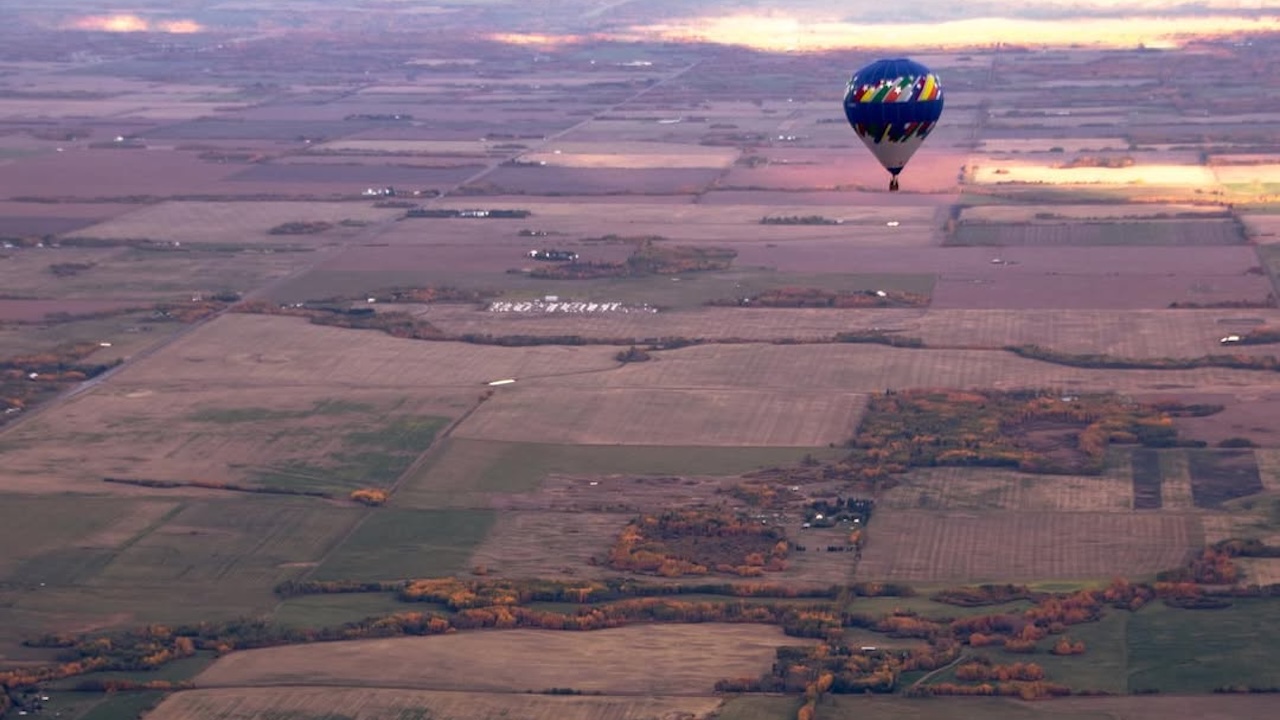All that glitters isn’t gold — sometimes it’s bioluminescence! The breathtaking natural phenomenon behind the ocean’s bright blue glow is as fascinating as it is alluring. And its peak period is coming up quickly.
What is bioluminescence?
According to UBC professor and marine biologist Christopher Harley (Department of Zoology and Institute for the Oceans and Fisheries), late summer and early fall typically present the best times to witness bioluminescence, though it can occur at other times of the year as well.
“Bioluminescence is light made by living things,” he explains. “The sparkly glow we sometimes see in the ocean is caused by tiny, single-celled creatures in the plankton called Noctiluca, which means ‘night light.’”
While a diverse range of marine species can produce light, there’s something special about seeing the crashing waves light up with bioluminescence.
Where are the best spots to witness bioluminescence near Vancouver?
“For the best views of bioluminescence, find a shoreline or dock that is as dark as possible,” says Harley. “Noctiluca light up when they’re jostled, which is why the blue glow shows up in waves breaking on the beach.”
No waves? No problem. Harley shares that you can also activate the phenomenon yourself by using your hand to stir the water from a dock or a boat wake. Though you also have passing fish to thank for the same reason!
“I’ve seen it in Vancouver at Spanish Banks, but only just barely because of the city lights. I’ve seen it much more clearly in places like Bamfield, and you would also have a good chance of seeing it along the darker stretches of coast in the Strait of Georgia.”
Rathtrevor Beach is another great spot where your chances of seeing the waves light up are high, especially in July and August.
Viewing tips
According to Visit Parksville Qualicum Beach, another tip is to choose a moonless night to hit the beach, to prevent as much light from interfering with the viewing process as possible.
If you’re planning a trip to the Island, snorkelling is an ideal activity to add to your itinerary, as the movement created by moving through the water will cause the surrounding
phytoplankton to light up.
Visit Parksville Qualicum Beach says that this may treat your eyes to the effect of “travelling at light speed through the stars.”
Beach Acres Resort adds that the natural phenomenon is most visible at least two hours after sunset, and during periods of low ambient light.
“Take your time to adjust your eyes to the darkness and look for gentle movements in the water,” shares the resort. “Wave your hands in the water gently along the shoreline to witness the mesmerizing light show.”
If you’re on the mainland and looking for the next best spots, the key is finding a low-light area, much like one does when stargazing.
For this reason, we think Porteau Cove is one of the stronger options for its distance from downtown Vancouver and popularity among stargazers and aurora watchers.
Your chances might be lower at Vancouver beaches like Spanish Banks and Locarno, but nothing’s impossible. And if you drive a little further west to Wreck or Oasis Beach, or even Iona Beach in Richmond, your chances may be greater.
Patience is key
So in a nutshell, pick a moonless night if you can, away from city lights, and be patient and observant. It may take time for your eyes to catch the glow, or you may have to dip your hand in yourself.
And of course, remember to respect the natural environment and marine life, as their ecosystems can be fragile.
Good luck!



![9th Oct: Grey's Anatomy (2025), 21 Seasons [TV-14] – New Episodes (6.8/10)](https://occ-0-533-1007.1.nflxso.net/dnm/api/v6/Qs00mKCpRvrkl3HZAN5KwEL1kpE/AAAABVwnmsiil--wLCmtomBOx5UXc228OzpYvRC-wDODQ-HjZrrXOn0-U3lmFhvqQulzeiZCdzPatRbukeWvPkGAYA_wJgxTX3e1HcFGXxWGGM_jjp1i2k8uMEgUwyGbBRRM30ev1uKEazYnIUIj6_0-yqVkzVD1ZV7oL5X6FNnw.jpg?r=9da)


![9th Oct: Boots (2025), 8 Episodes [TV-MA] (6/10)](https://occ-0-937-2705.1.nflxso.net/dnm/api/v6/Qs00mKCpRvrkl3HZAN5KwEL1kpE/AAAABQrb8QstG6kqMPgKTDDwt3DszCO7K3KBSM4TzlvD3uRnNjaaPe_JvBzsLGJim2GKYvMdZIxvVg_iObXLfQPL3k81Z12QAAmJs9AT0XBx1UoTyM5Ws9BVg8htYkrjEje1IPcppdOEypdm2te-BS92qQ2M0ubqQmCjRXhVbg3yOuxkSw.jpg?r=3e9)









